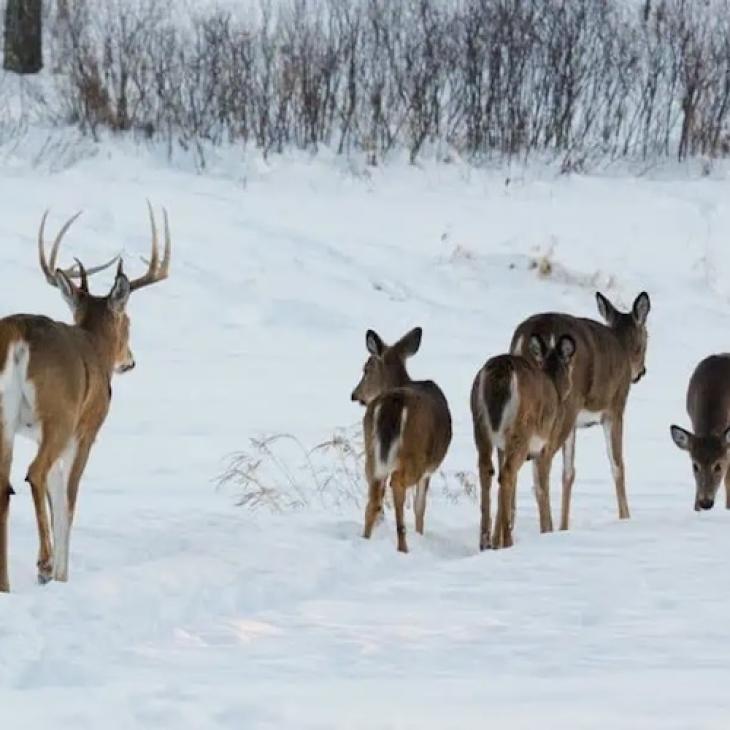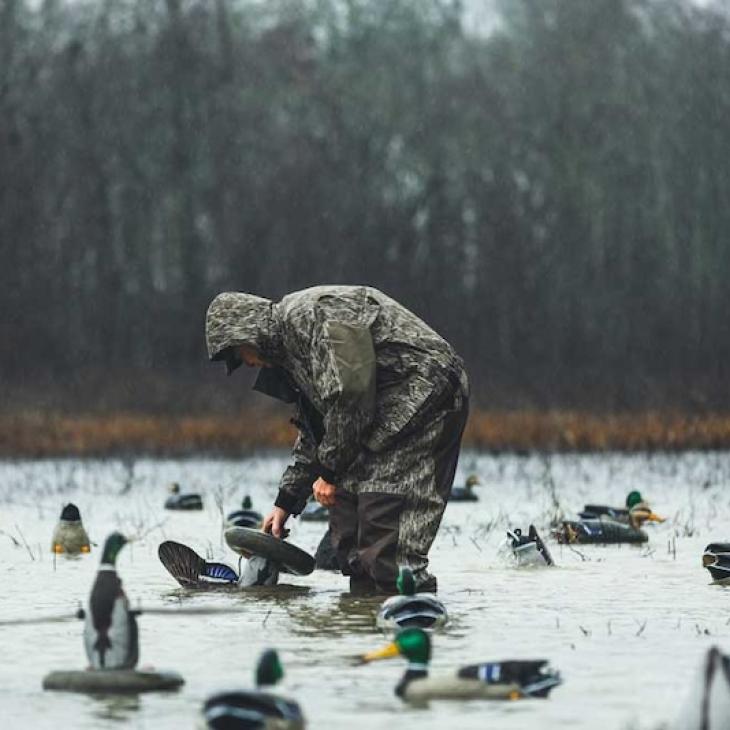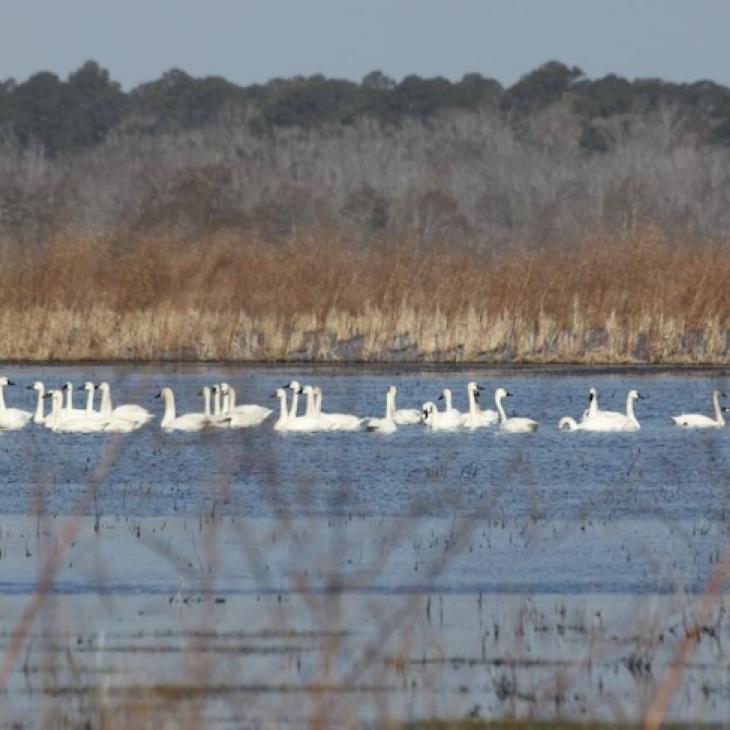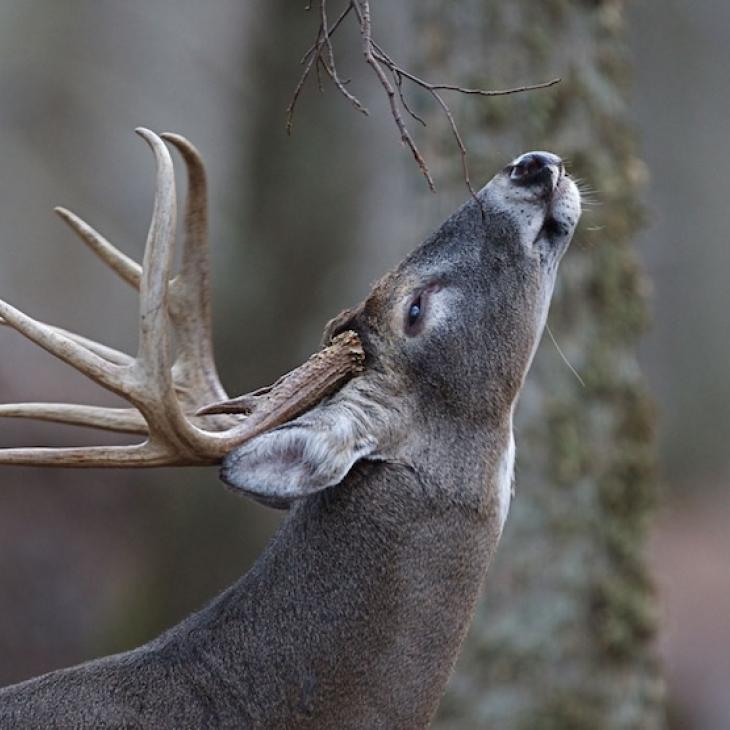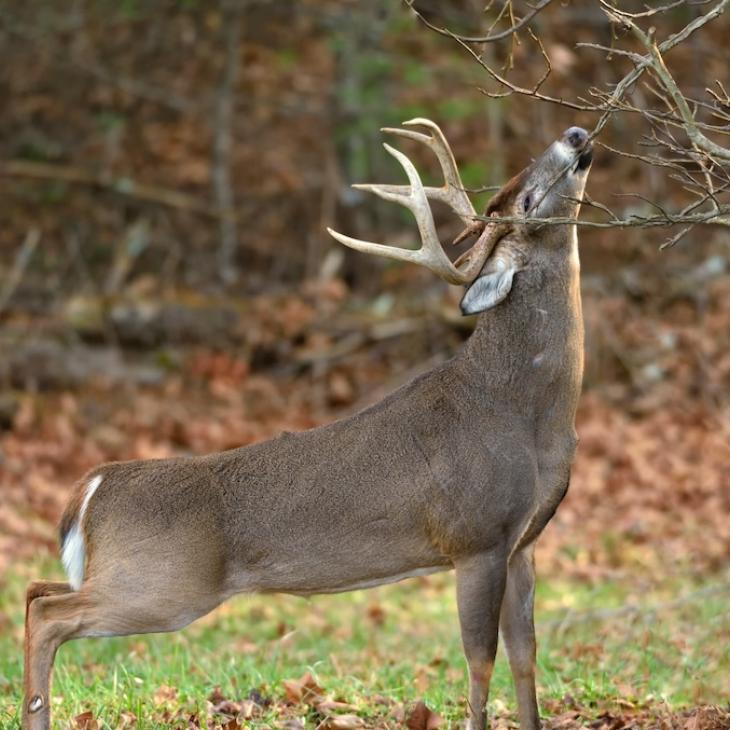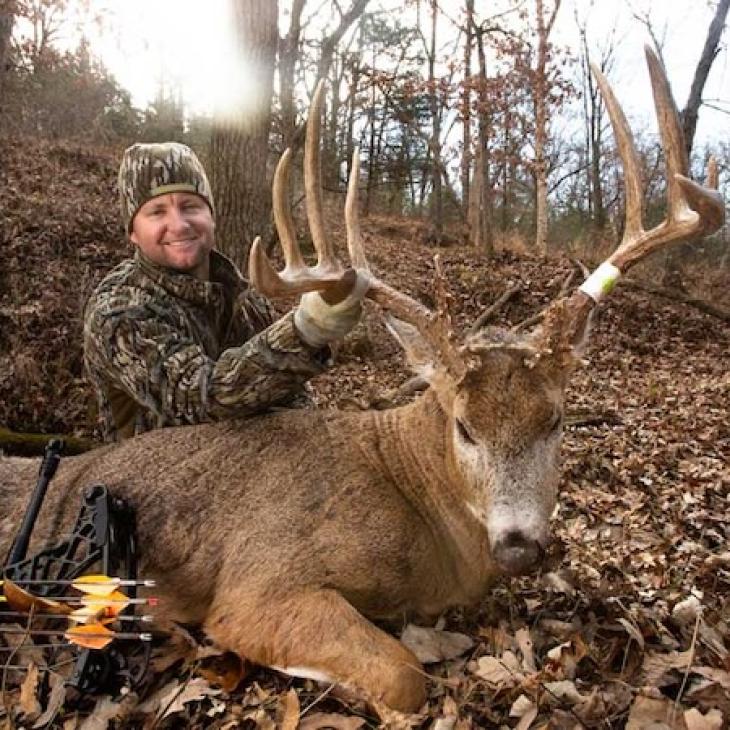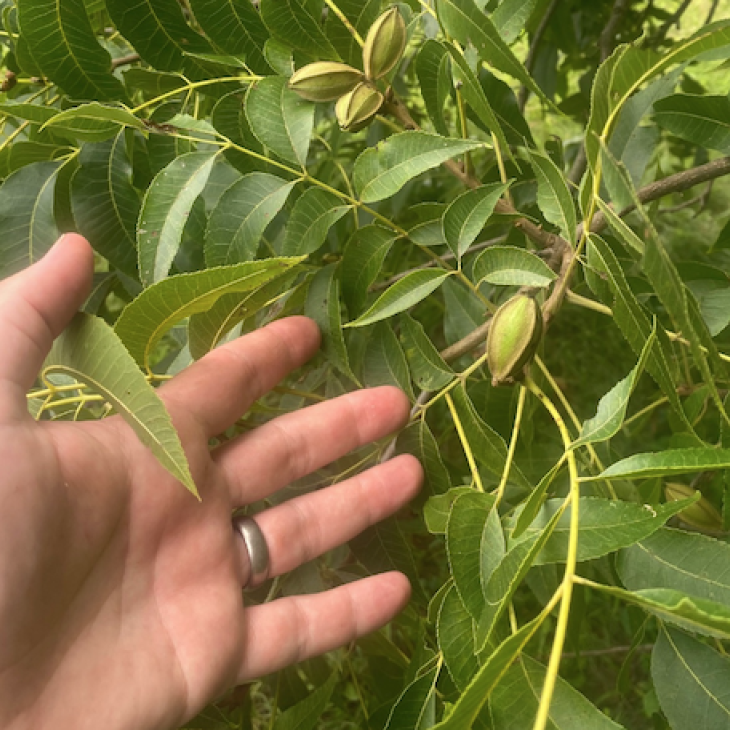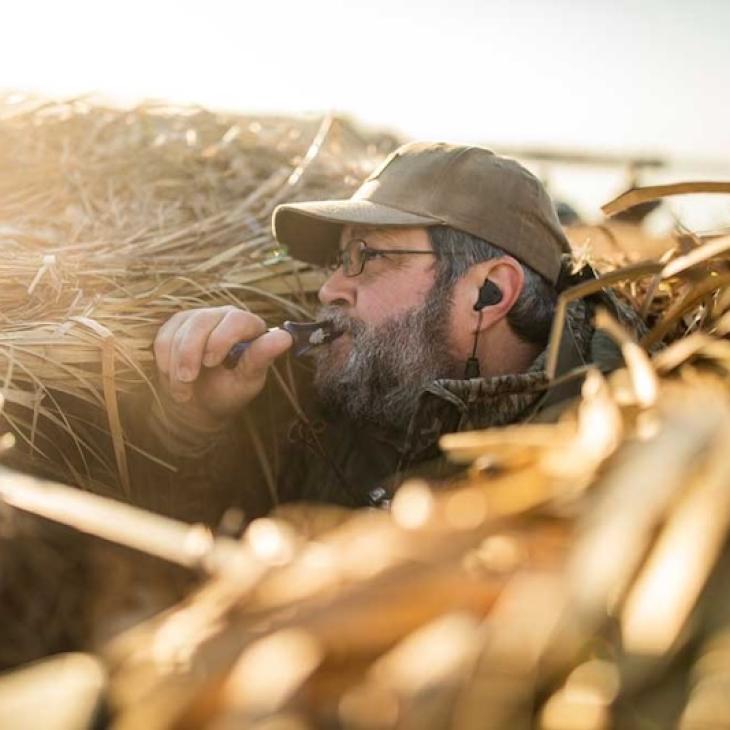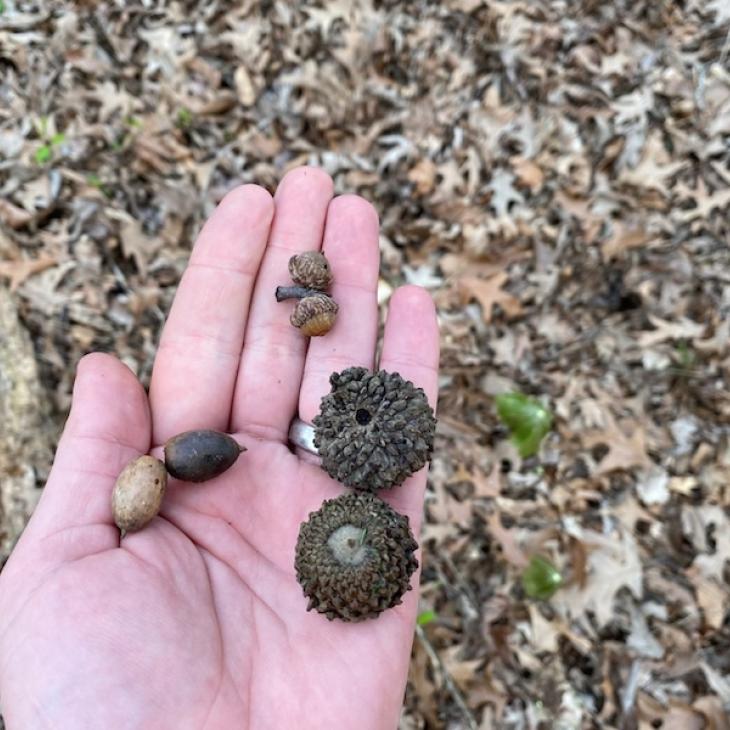USING NATIVE GRASSES FOR WILDLIFE COVER
Many gamekeepers try to take a holistic approach to our properties, wildlife management and the arrangement of habitats we all strive to improve. In the upper Great Plains that I consider to be “my neck of the woods,” the single most limiting factor is often cover. Since the late 1800s when settlers first homesteaded the great prairie, the horse-drawn moldboard plow and generations of later farming practices all but wiped out what once was a sea of tall and short- prairie grass from central



